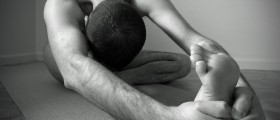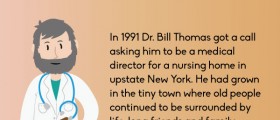
Most of us have experienced a condition called tight hamstrings at some points of our lives. This condition can be triggered by numerous situations, some of which simply cannot be avoided. However, once a tight hamstring is properly diagnosed and timely treated, it represents an easily solvable problem.
Facts about Hamstrings
Basically, hamstrings are the muscles and tendons found on the posterior part of our legs. This position defines hamstrings as very important parts of our body, allowing our legs proper movement and flexibility during walking, running, jumping and controlling the motions of the trunk. However, at some point, many people complain about the tightness they feel in the hamstring area.
Reasons behind Tight Hamstrings
One of several triggers of this condition hides behind genetics. Basically, children and women are more susceptible to suffering from this condition than men are. Additionally, people who indulge into sport activities without properly warming their bodies up or performing adequate stretching exercises, may easily end up suffering from tight hamstrings.
Furthermore, people who have a medical history of back pain are prone to tight hamstrings too. Even sitting in an office for a long time can trigger this condition. Sedentary lifestyle in general can contribute to tight hamstrings as well, and this is why older people are yet another risk group.
Signs of Tight Hamstrings
As the name of this condition suggests, the main symptom of tight hamstrings is the tightness itself, affecting the back of your leg or legs. You will likely be incapable of bending your hips while keeping your legs straightened or experience pain in the buttocks while sitting. Back and joint problems may signify tight hamstrings too.
Treatment for Tight Hamstrings
Applying heat to the injured area may result in relaxation of the muscles and an easier process of rehabilitation. Additionally, you can benefit from performing gentle hamstring stretches and warm up exercises. Massage can be quite useful for this purpose too.
All in all, make sure you treat tight hamstrings timely, as soon as you start noticing the symptoms. If you neglect this condition, symptoms may get worse and the treatment may become much more complex. Thus, do your best to react timely and consult your doctor regarding the health of your hamstrings and the adequate steps to take towards rehabilitation.
Ultimately, you can benefit from prevention measures as well. Always perform warm up exercises before engaging into any advanced physical activity and stretch your muscles and tendons good. This way, you will keep tight hamstrings, and many other conditions of this type, at bay.

















Your thoughts on this
Loading...